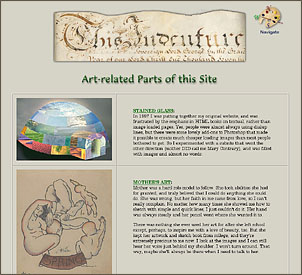in Germany; and of the Spanish masters, at whose head stood Velasquez and Murillo. The same
world-wide recognition has been accorded to the productions of the early English school, over
which reigned the geniuses of Reynolds, Gainsborough, and Romney. Only less famous becasue they
are nearer our own day are the works of the painters of the art revolution in France, and of
those who, like Kaulbach and his contemporaries, re-created the art of Germany. It has remained
for "Modern Figure Painting" to do for the men of the end of the nineteenth century, what an
army of historians, biographers, and critics have done for their predecessors.
The art of the present, and especially that of the painter of the figure, is part of the life
of the present. The methods and inspirations of the artist have changed, just as our methods
of living have changed from those of our forefathers. The world progresses ceaselessly in all
things, and in none has its progress been more distinct and marked than in the arts. Literature,
music, sculpture, painting, have kept pace with the enormous strides in advance made by science
and invention. The end of the last century, the last twenty-five years of it, that is to say,
revolutionized the world. The American War of Independence created an epoch, and its results
completely changed the traditional conditions of the globe, for they have reached even into the
remotest strongholds of immemorial barbarism, and moulded nations out of what had been a chaos.
The same period of the nineteenth century will go into history with a similar record, and in the
credit for it art will bear its important share; and the share in it of the art of the modern
figure painter will not be the least.
Back Forward
Chapter 1 Text
Alexis Axilette





![]() Copyright © 2007, Mary S. Van Deusen
Copyright © 2007, Mary S. Van Deusen